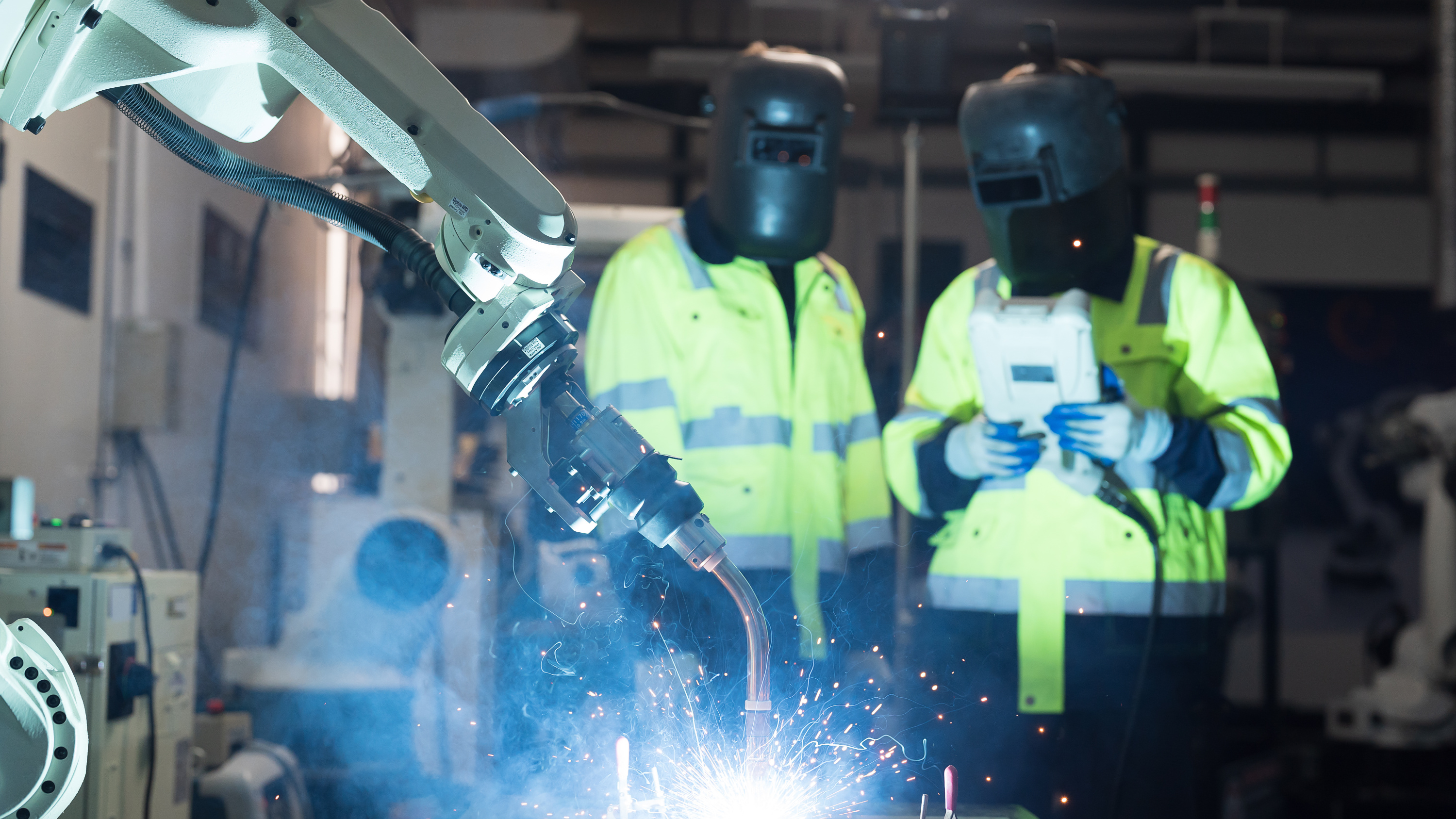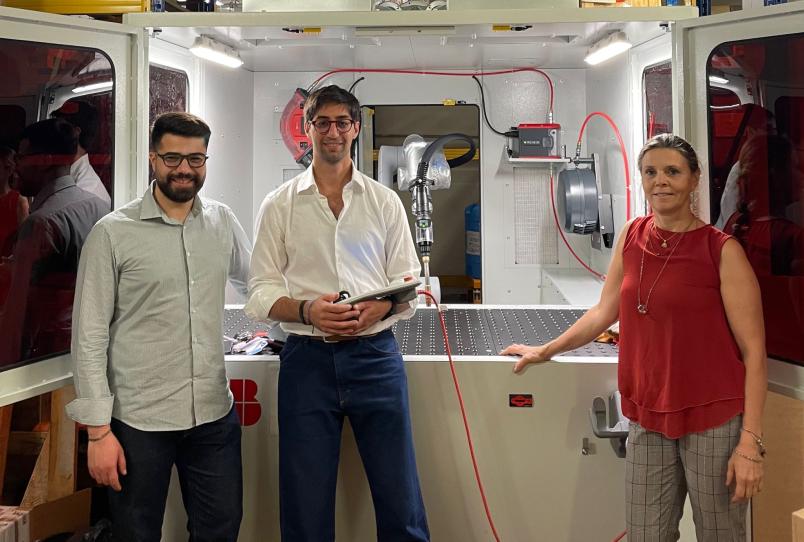
Safer Welding with In-line Temperature Monitoring

Monitoring the temperature of welding processes in real-time allows for safer products that meet quality requirements while helping companies reduce costs. This is the goal achieved by the technology developed by Therness, a spin-off of Politecnico di Torino, which has now made its research available to the industry.
“The idea originated within the Department of Mechanical and Aerospace Engineering-DIMEAS – explains Raffaella Sesana, Professor at DIMEAS and Scientific Advisor at Therness alongside her colleague Francesca Maria Curà from the same department – and was developed thanks to the intuition and research of Luca Santoro – now General Manager of Therness and previously part of the research team with the two professors. From that idea, we developed a technology that, by observing the thermal evolution of the weld pool, can extract valuable information about the welding process, especially regarding the potential presence of defects. In manufacturing, welding is one of the most critical and sensitive phases”.
Flawless welds are virtually non-existent, but imperfections can be tolerated as long as they stay within predefined thresholds depending on the final product. Conventional quality assurance relies on expensive, time-consuming methods like ultrasound, X-ray inspection, and requires highly skilled operators. Regulations typically require sample-based inspections (5-10% of output), although in critical applications, 100% post-process inspection may be required.
Therness has developed a real-time, in-line thermal monitoring system that inspects the entire welding process as it happens, detecting potential defects in advance across the entire production line. This technology uses proprietary algorithms to analyse thermographic data captured from the weld pool during the process. The setup includes an infrared thermal camera mounted directly on the welding torch, connected to a processing unit that collects and analyses data in real time. The results are displayed on an interface, allowing technicians to identify potential non-conformities as they arise.
Post-process data analysis performed by Therness enables companies to build a valuable statistical foundation – a digital traceability system of the final product. “This allows for lower production insurance premiums as well. With access to consistent, verified data, companies can analyse how anomalies are distributed over time, evaluate raw material quality, supplier performance, and overall process consistency – notes Pietro Paolo De Crescenzo, Operations Director of the spin-off – The preventive control of our technology brings major benefits: companies can manufacture more reliable components with higher market value while significantly reducing the cost of non-conformities. While traditional inspection costs increase with the number of controls, our solution offers a constant, predictable cost structure”.
In 2024, the project was funded by Tech4Planet (a program by CDP Venture Capital) and was selected as a finalist in the National Innovation Award (PNI). It also earned second place in the Unicredit Start Lab. “Our technology is compatible with all automatic welding processes except submerged arc welding, and patenting is currently underway. We are now working to adapt it for manual welding as well – says Pietro Paolo De Crescenzo – We are confident in its widespread adoption because it is a plug-and-play technology. It can be seamlessly integrated into existing systems without the need for machine recalibration or specialised training. The system has already been tested successfully in several companies in the mobility and transport sectors”.